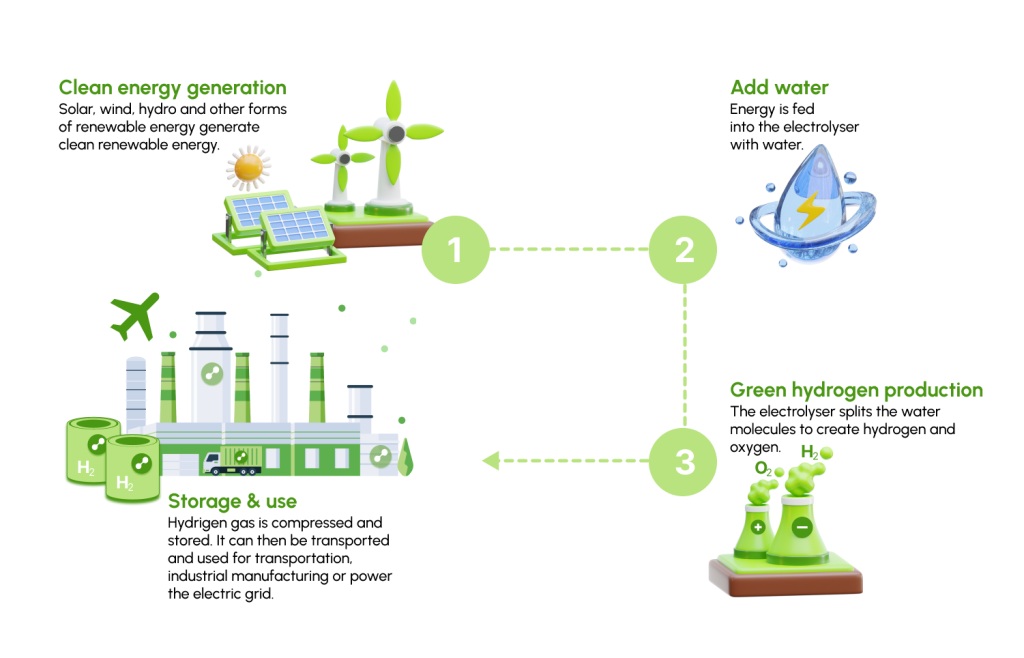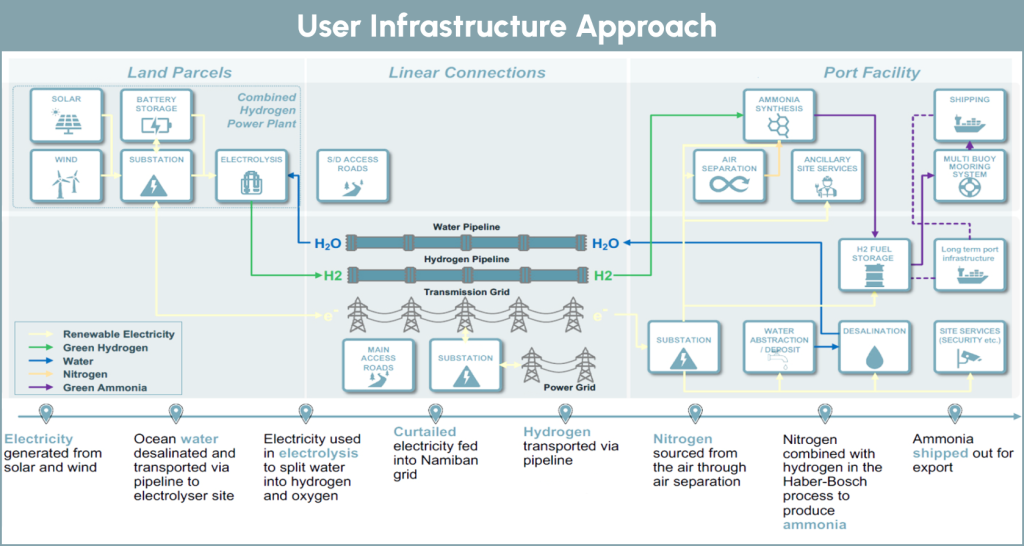Harnessing the Power of Wind
Empowering wind energy with innovative solutions, enhancing efficiency, and reducing costs for sustainable growth in the renewable sector.
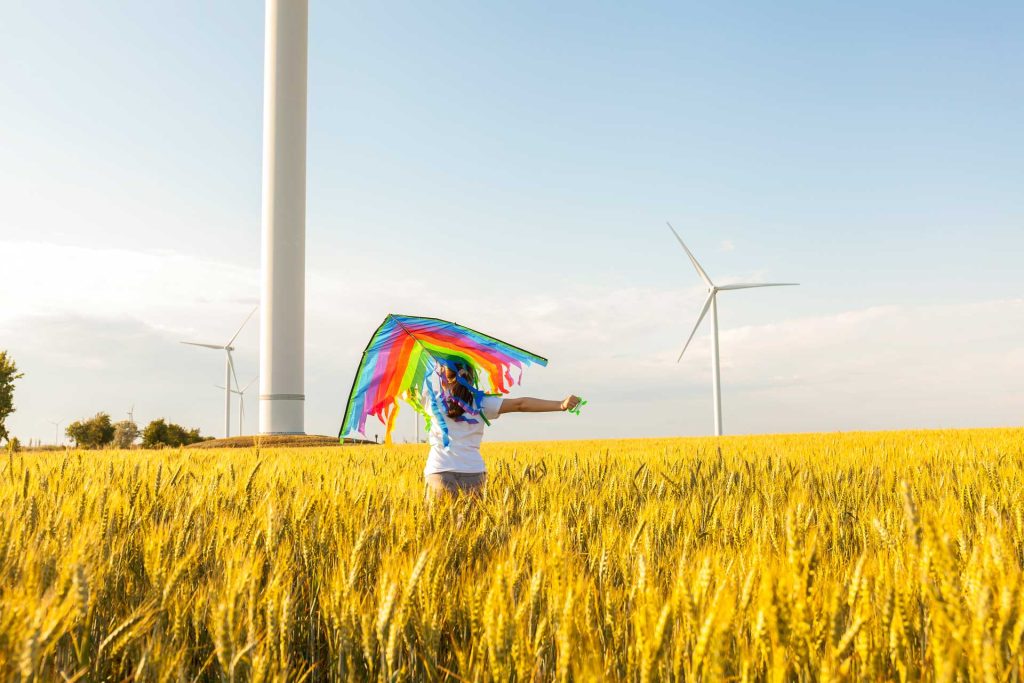
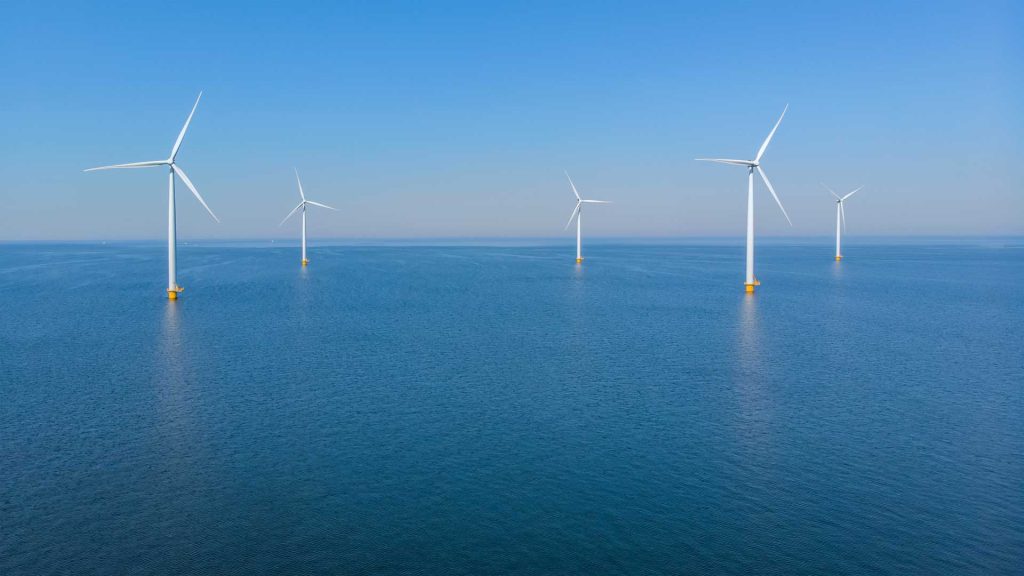
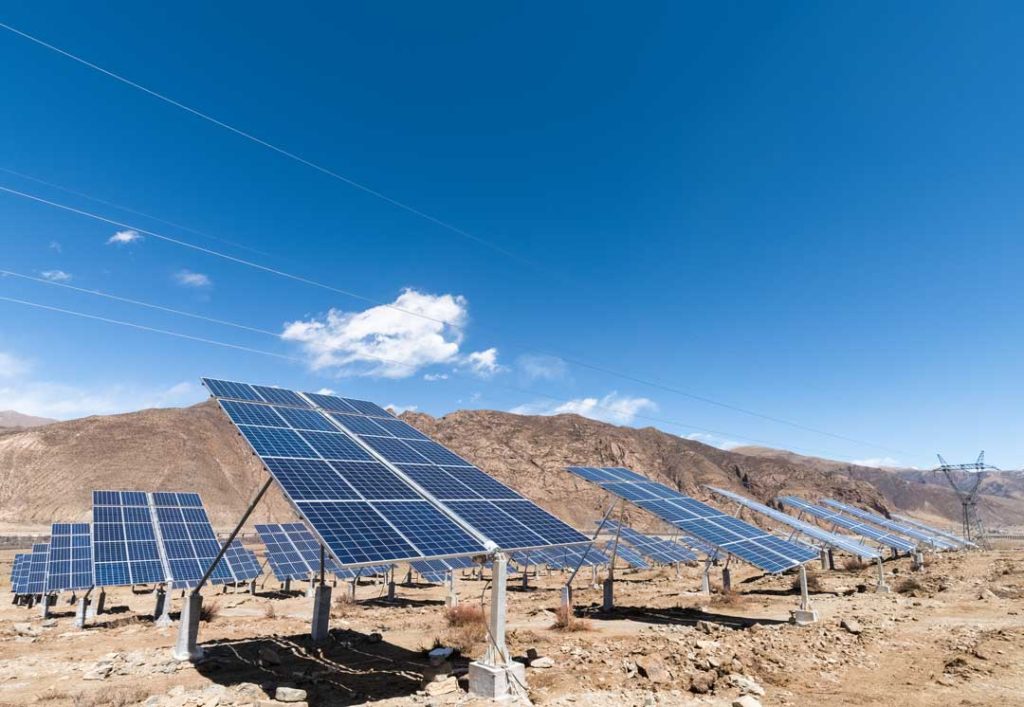
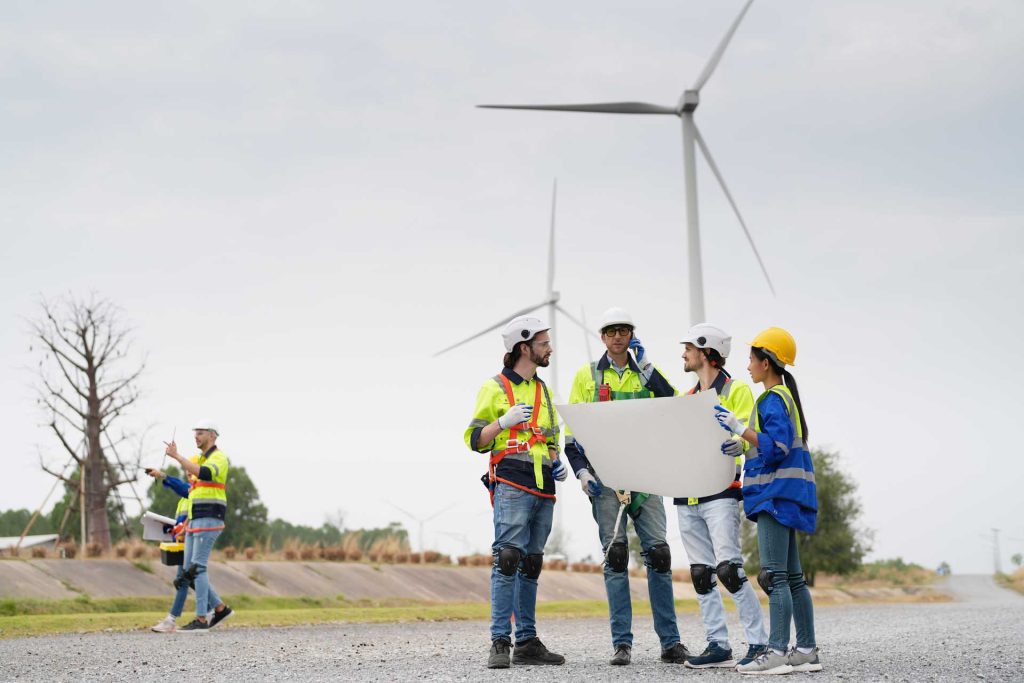
Wind is used to produce electricity by converting the kinetic energy of air in motion into electricity. In modern wind turbines, wind rotates the rotor blades, which convert kinetic energy into rotational energy. This rotational energy is transferred by a shaft which to the generator, thereby producing electrical energy.
Wind power has grown rapidly since 2000, driven by R&D, supportive policies and falling costs. Global installed wind generation capacity – both onshore and offshore – has increased by a factor of 98 in the past two decades, jumping from 7.5 GW in 1997 to some 733 GW by 2018 according to IRENA’s data. Onshore wind capacity grew from 178 GW in 2010 to 699 GW in 2020, while offshore wind has grown proportionately more, but from a lower base, from 3.1 GW in 2010 to 34.4 GW in 2020. Production of wind power increased by a factor of 5.2 between 2009 and 2019 to reach 1412 TWh.
Both onshore and offshore wind still have tremendous potential for greater deployment and improvement, globally
As the technology has improved and scaled up, costs have fallen and capacity factors have risen. Between 2010 and 2020, the global weighted-average levelised cost of electricity (LCOE) of onshore wind fell by 56%, from USD 0.089/kWh to USD 0.039/kWh. Over the same period, the LCOE of newly commissioned offshore wind projects fell by around half (48%).
Wind turbine capacity has increased over time. In 1985, typical turbines had a rated capacity of 0.05 MW and a rotor diameter of 15 metres. Today’s new wind power projects have a turbine capacity in the 3-4 MW range onshore and 8-12 MW offshore.
The amount of power that can be harvested from wind depends on the size of the turbine and the length of its blades. The output is proportional to the dimensions of the rotor and to the cube of the wind speed. Theoretically, when wind speed doubles, the wind power potential increases by a factor of eight.
You can count on Diasozo’s wind service solutions for an optimised wind economy. With our local presence, fast delivery and responsiveness, our wind service offering includes efficiency improvement and production increase while improving reliability and reducing levelised cost of energy (LCOE) over the lifetime of your turbine and wind farm.
There is a trade-off between the cost of grid power when renewable power is not available vs hydrogen storage to allow continuous synloop operation. Only an optimised design, including assessing options for storage of energy vs. hydrogen at different pressure levels vs. non-constant operation of the ammonia synthesis unit to minimise storage requirements allows to reduce CAPEX and OPEX.
Powering a Sustainable Future
The Infinite Potential of
Solar Energy

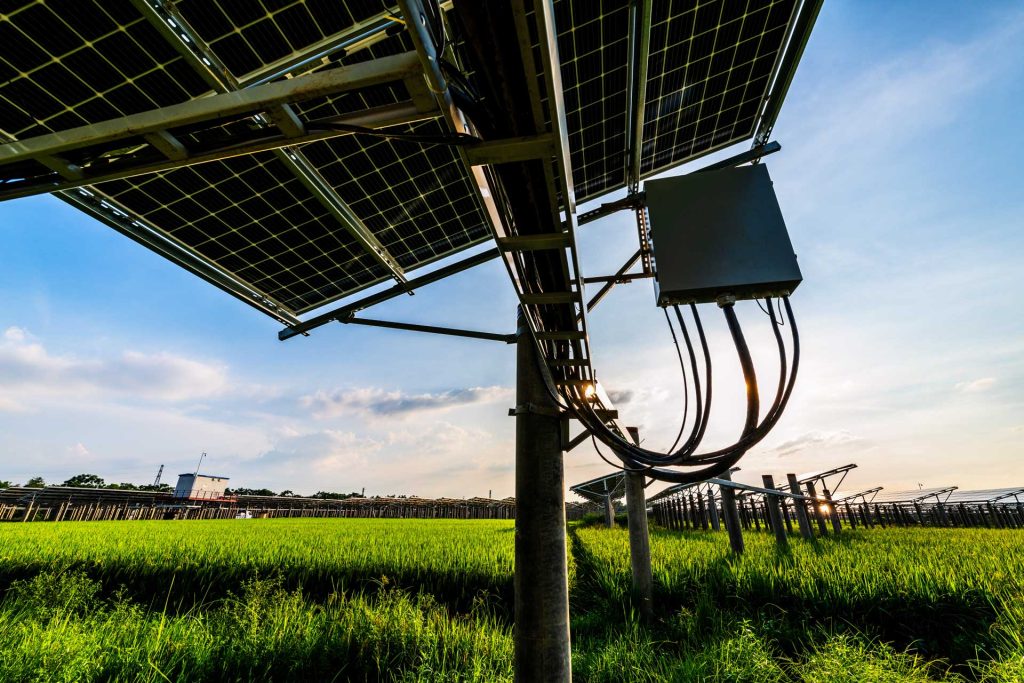
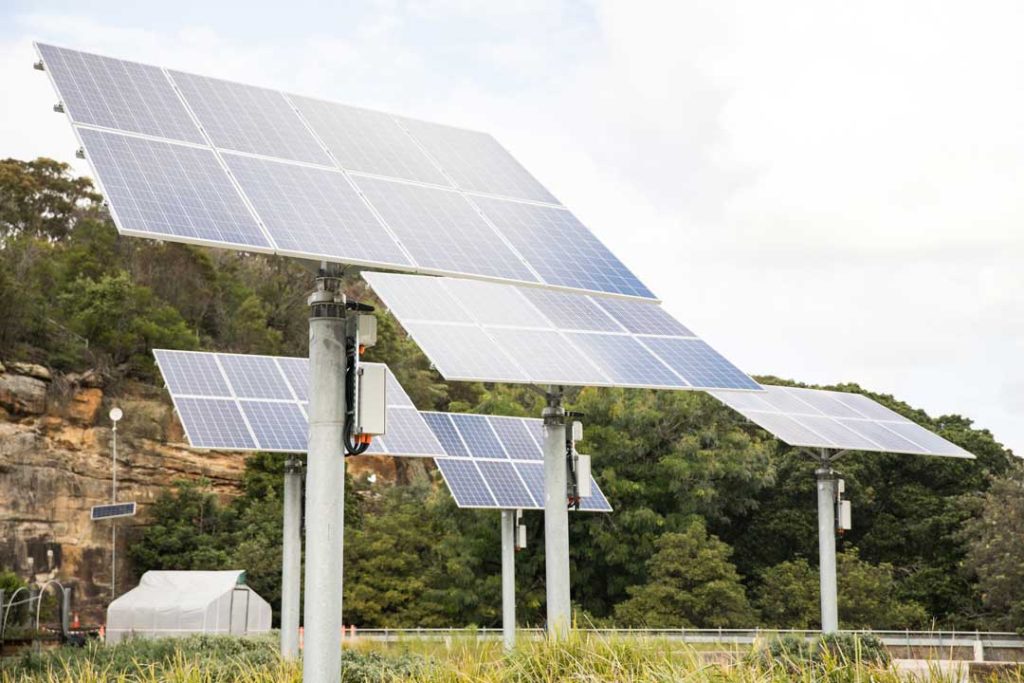

Solar energy is a clean, inexpensive, renewable power source that we can harness nearly everywhere in the world. Any point where sunlight hits the surface of the earth is a potential location to generate solar power. Renewable energy technologies generate electricity from infinite resources and since solar energy comes from the sun, it represents a limitless source of energy.
Compare producing electricity with renewable resources to fossil fuels: It took hundreds of thousands of years for oil, gas, and coal to form. Every time we burn one of those resources to create electricity (and emissions!), that finite resource moves marginally closer to depletion. Using a renewable resource—such as wind, solar, and hydropower—to generate electricity does not deplete that resource. There will always be consistent sunlight shining on Earth’s surface, and after turning sunlight into electricity, there is still an infinite amount of sunlight to turn into electricity in the future. That is what makes solar power, by nature, renewable energy.
While the current electricity mix in the world is still largely comprised of fossil fuels like oil and gas, renewable energy sources like solar are steadily becoming a larger part of the energy profile as the cost becomes more competitive.
Each particle of sunlight (called a photon) that reaches Earth’s surface contains energy.
On Earth, we harness and convert solar power from the sun into usable energy using photovoltaics or solar thermal collectors. Although solar energy only accounts for a small amount of overall global energy use, the falling cost of installing solar panels means that more people in more locations can take advantage of solar energy. The two main ways to use energy from the sun are photovoltaics and solar thermal capture. Solar photovoltaic systems are common for smaller-scale electricity projects (like home solar panel installations), while solar thermal capture is typically only used for electricity production on massive scales in utility solar installations.
Renewable Energy Storage
Battery Energy Storage System (BESS)
In addition to eliminating CO2 emissions, hydrogen can offer the ability to store excess renewable energy that would otherwise be wasted. Today, when energy supply exceeds demand, electrical grid operators occasionally ask renewable energy generators to curtail—or waste—the renewable electricity because there is not enough storage capacity to accommodate it. As the amount of renewable energy on the grid grows, these challenges will only increase. Battery storage can help through the use of battery Energy Storage Systems, but relying only on batteries will not be cost-effective to address seasonal and longer-duration storage requirements.
There are, however, some advantages to a BESS:-
- Battery storage can improve the reliability, availability, and efficiency of the power supply.
- BESS solutions can accelerate decentralised power station infrastructure which can add value to commercial and utility-scale power generation models.
- Battery storage has no significant restriction on the geographical locations that it can be sited in.
- High energy density (resulting in reduced footprint) and fast response time (<150ms achievable).
The Power of Hydrogen Energy
Unlocking hydrogen’s potential for sustainable, efficient, and zero-emission energy solutions.
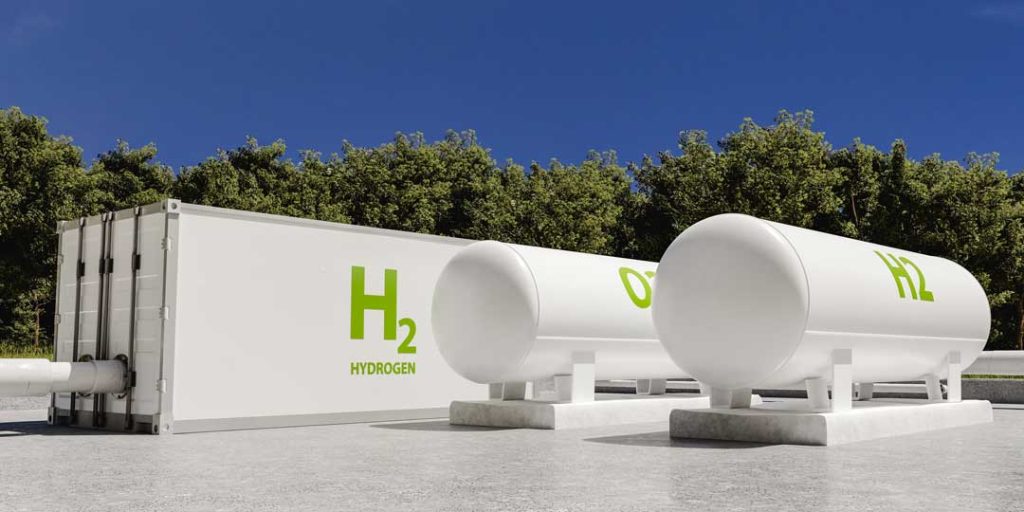
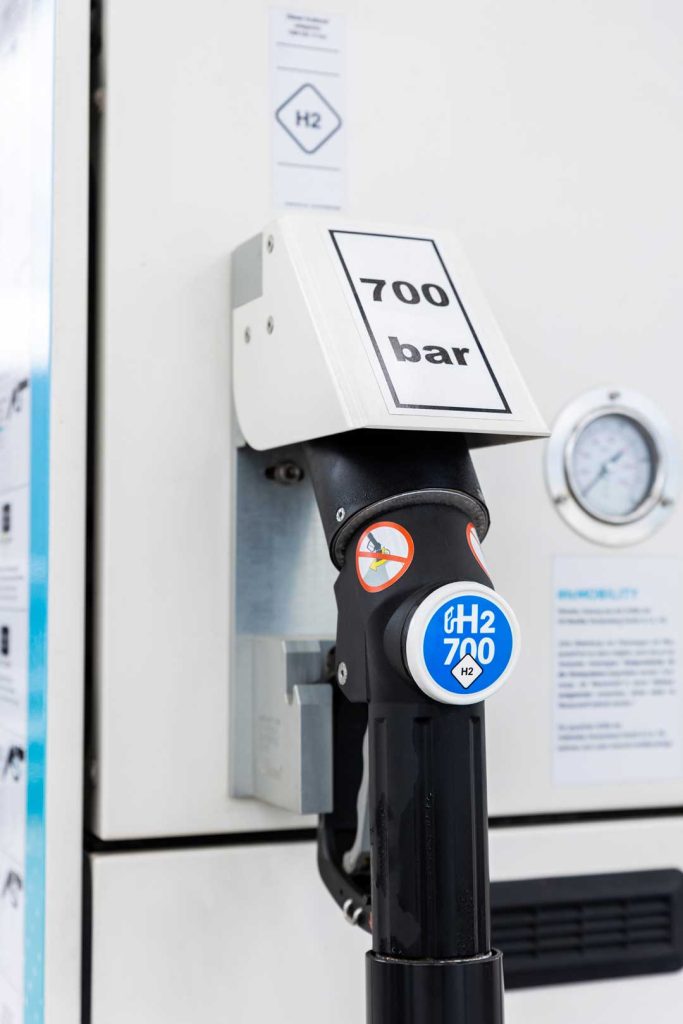
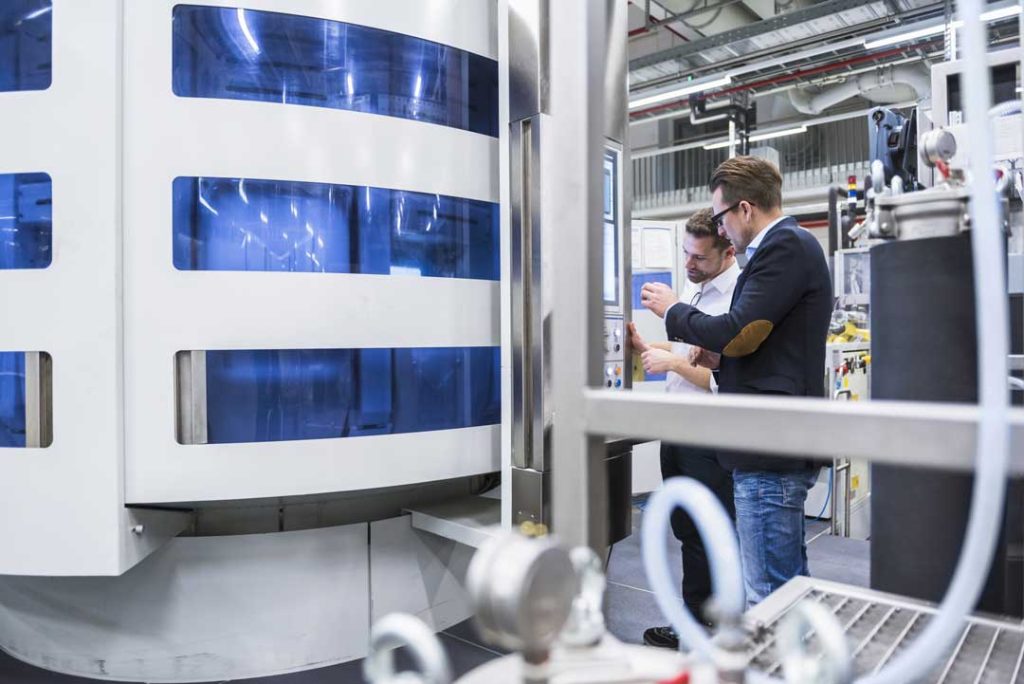
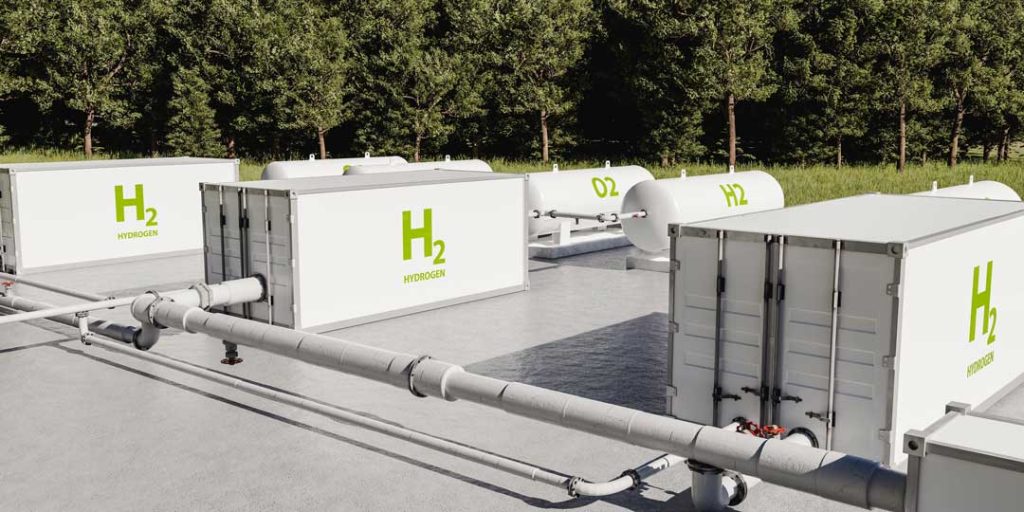
Wind is used to produce electricity by converting the kinetic energy of air in motion into electricity. In modern wind turbines, wind rotates the rotor blades, which convert kinetic energy into rotational energy. This rotational energy is transferred by a shaft which to the generator, thereby producing electrical energy.
Wind power has grown rapidly since 2000, driven by R&D, supportive policies and falling costs. Global installed wind generation capacity – both onshore and offshore – has increased by a factor of 98 in the past two decades, jumping from 7.5 GW in 1997 to some 733 GW by 2018 according to IRENA’s data. Onshore wind capacity grew from 178 GW in 2010 to 699 GW in 2020, while offshore wind has grown proportionately more, but from a lower base, from 3.1 GW in 2010 to 34.4 GW in 2020. Production of wind power increased by a factor of 5.2 between 2009 and 2019 to reach 1412 TWh.
Both onshore and offshore wind still have tremendous potential for greater deployment and improvement, globally
As the technology has improved and scaled up, costs have fallen and capacity factors have risen. Between 2010 and 2020, the global weighted-average levelised cost of electricity (LCOE) of onshore wind fell by 56%, from USD 0.089/kWh to USD 0.039/kWh. Over the same period, the LCOE of newly commissioned offshore wind projects fell by around half (48%).
Wind turbine capacity has increased over time. In 1985, typical turbines had a rated capacity of 0.05 MW and a rotor diameter of 15 metres. Today’s new wind power projects have a turbine capacity in the 3-4 MW range onshore and 8-12 MW offshore.
The amount of power that can be harvested from wind depends on the size of the turbine and the length of its blades. The output is proportional to the dimensions of the rotor and to the cube of the wind speed. Theoretically, when wind speed doubles, the wind power potential increases by a factor of eight.
You can count on Diasozo’s wind service solutions for an optimised wind economy. With our local presence, fast delivery and responsiveness, our wind service offering includes efficiency improvement and production increase while improving reliability and reducing levelised cost of energy (LCOE) over the lifetime of your turbine and wind farm.
There is a trade-off between the cost of grid power when renewable power is not available vs hydrogen storage to allow continuous synloop operation. Only an optimised design, including assessing options for storage of energy vs. hydrogen at different pressure levels vs. non-constant operation of the ammonia synthesis unit to minimise storage requirements allows to reduce CAPEX and OPEX.
